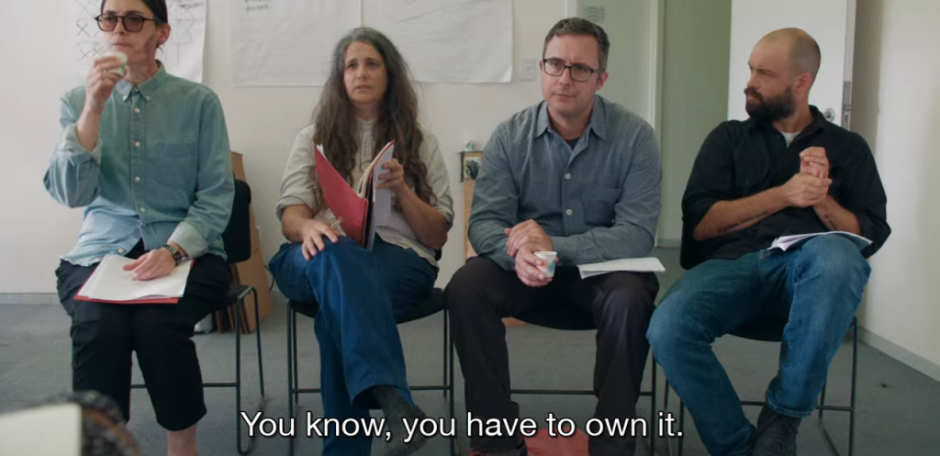One of the exercises in our first workshop was to distribute different ‘events’ related to higher education according to decades. The events varied from general historical events (like COVID-19) to technological developments (like Miro) to specific changes in HE policy and legislation in England/UK. I propose a new grouping that examines policy, legislation and pedagogical changes specific to Arts School. It could be just UK-based or international (for example, the Third Havanna Biennial redefining the global art territory in 1989). My first vote on what should be included is The Coldstream Report, 1960.
From the imposition of complementary studies as mandatory to establishing Foundation courses and having practitioners as art lecturers (0.2/0.4 in the report), Coldstream integrated art school into the honours system while defending its peculiarities. It marked the distinction of Bauhaus pedagogies and structures (that existed in the UK under the Basic course model) and created the British model we have today. Coldstream diagnosis of the art school system of the time as “over-specialised and under-intellectualised” drastically reduced the number of art students in the country. (Llewellyn and Crippa, 2015, p. 19) Whether we agree or not, the current tensions against craft relation to fine arts in art school, the reducing proportion of students that attended foundation, the anti-intellectual trend that permeates UAL’s trainings while the BA courses impose a heavily discursive pedagogy on students, the establishing of the 0.6 as the ideal UAL fraction to avoid lecturers having other teaching jobs, all of those assumptions or policies should be understood in their relation to the parameters set by the report instead of as common sense and inconsequential managerial decisions that emerge from self-help books treated as scientific evidence. Lecturers live in constant tension with the students and UAL by being invested in teaching our students how to be artists more than teaching them how to make art, a goal increasingly at odds with more conservative and heavily design-influenced trends in managerial structures. (Llewellyn and Crippa, 2015, p. 157) Similar to the 1960s, we also live in a renewed economic moment that requires art schools to “justify expenditure to the public and support the image of the school as an international brand selling art education as an export.”(Aspinall, 2017) Processes such as the current revalidation of the art courses at CCW involve rethinking the methods and assumptions built into our curriculum and constructing a new idea of what the British art school should be.
We now live in the ruins of the art school pedagogy set out by the Coldstream Report. Lecturers in art schools in the UK seem to assume that specific pedagogies are just the result of common sense without knowing how they originated, what the assumptions and aims were at the time, and what context they were responding to. We can’t have an active role in redefining our courses to serve our students better, if we don’t understand why and how we teach how we teach.
Bibliography
Aspinall, K. (2017) ‘Creating Artists’, Art History, 40(1), pp. 200–204. Available at: https://doi.org/10.1111/1467-8365.12294.
Llewellyn, N. and Crippa, E. (eds) (2015) The London art schools: reforming the art world, 1960 to now. London, England: Tate Publishing.
